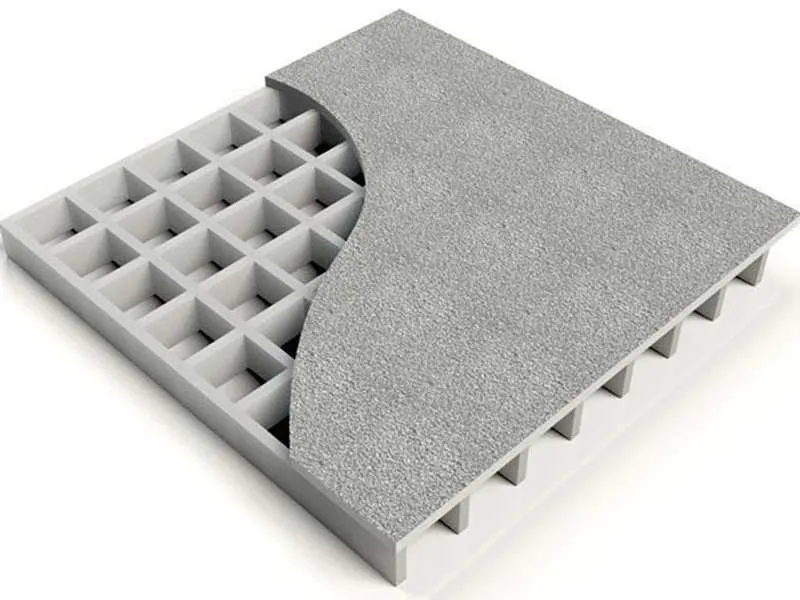
-
 Afrikaans
Afrikaans -
 Albanian
Albanian -
 Amharic
Amharic -
 Arabic
Arabic -
 Armenian
Armenian -
 Azerbaijani
Azerbaijani -
 Basque
Basque -
 Belarusian
Belarusian -
 Bengali
Bengali -
 Bosnian
Bosnian -
 Bulgarian
Bulgarian -
 Catalan
Catalan -
 Cebuano
Cebuano -
 China
China -
 China (Taiwan)
China (Taiwan) -
 Corsican
Corsican -
 Croatian
Croatian -
 Czech
Czech -
 Danish
Danish -
 Dutch
Dutch -
 English
English -
 Esperanto
Esperanto -
 Estonian
Estonian -
 Finnish
Finnish -
 French
French -
 Frisian
Frisian -
 Galician
Galician -
 Georgian
Georgian -
 German
German -
 Greek
Greek -
 Gujarati
Gujarati -
 Haitian Creole
Haitian Creole -
 hausa
hausa -
 hawaiian
hawaiian -
 Hebrew
Hebrew -
 Hindi
Hindi -
 Miao
Miao -
 Hungarian
Hungarian -
 Icelandic
Icelandic -
 igbo
igbo -
 Indonesian
Indonesian -
 irish
irish -
 Italian
Italian -
 Japanese
Japanese -
 Javanese
Javanese -
 Kannada
Kannada -
 kazakh
kazakh -
 Khmer
Khmer -
 Rwandese
Rwandese -
 Korean
Korean -
 Kurdish
Kurdish -
 Kyrgyz
Kyrgyz -
 Lao
Lao -
 Latin
Latin -
 Latvian
Latvian -
 Lithuanian
Lithuanian -
 Luxembourgish
Luxembourgish -
 Macedonian
Macedonian -
 Malgashi
Malgashi -
 Malay
Malay -
 Malayalam
Malayalam -
 Maltese
Maltese -
 Maori
Maori -
 Marathi
Marathi -
 Mongolian
Mongolian -
 Myanmar
Myanmar -
 Nepali
Nepali -
 Norwegian
Norwegian -
 Norwegian
Norwegian -
 Occitan
Occitan -
 Pashto
Pashto -
 Persian
Persian -
 Polish
Polish -
 Portuguese
Portuguese -
 Punjabi
Punjabi -
 Romanian
Romanian -
 Russian
Russian -
 Samoan
Samoan -
 Scottish Gaelic
Scottish Gaelic -
 Serbian
Serbian -
 Sesotho
Sesotho -
 Shona
Shona -
 Sindhi
Sindhi -
 Sinhala
Sinhala -
 Slovak
Slovak -
 Slovenian
Slovenian -
 Somali
Somali -
 Spanish
Spanish -
 Sundanese
Sundanese -
 Swahili
Swahili -
 Swedish
Swedish -
 Tagalog
Tagalog -
 Tajik
Tajik -
 Tamil
Tamil -
 Tatar
Tatar -
 Telugu
Telugu -
 Thai
Thai -
 Turkish
Turkish -
 Turkmen
Turkmen -
 Ukrainian
Ukrainian -
 Urdu
Urdu -
 Uighur
Uighur -
 Uzbek
Uzbek -
 Vietnamese
Vietnamese -
 Welsh
Welsh -
 Bantu
Bantu -
 Yiddish
Yiddish -
 Yoruba
Yoruba -
 Zulu
Zulu
Feb . 15, 2025 14:29
Back to list
frp manhole cover
In the realm of modern architecture and urban design, the materials we choose for infrastructure projects are paramount. Among these materials, the FRP (Fiber Reinforced Plastic) manhole cover stands out not just for its technology but the transformative impact it brings to city landscapes and usability. Unlike its traditional counterparts made of metal or concrete, the FRP manhole cover provides numerous advantages that make it an optimal choice for urban planners and builders around the world.
From a sustainability perspective, FRP manhole covers align well with contemporary eco-friendly directives. They typically possess a longer lifecycle than metal or concrete—hence less frequent replacements and reduced resource consumption over time. Additionally, they are often manufactured using recycled materials, or easily recyclable at their lifecycle’s end, promoting a circular economy model. To cement their place as leaders in city designing, providing genuine reports, certifications, and rigorous testing results is crucial for manufacturers of FRP manhole covers. As clients always seek products that promise reliability and safety, showcasing authoritative endorsements and complying with international standards boosts credibility exponentially. For end-users, specifically contractors and municipal decision-makers, incorporating FRP manhole covers into their projects underscores a forward-thinking approach. Leveraging such a durable, versatile, and low-maintenance solution translates into project cost-efficiency and long-term satisfaction. It represents a step forward in urban engineering excellence and environmental stewardship. In conclusion, the FRP manhole cover is not merely a replacement for traditional materials but an upgrade in every possible way. From reduced environmental impact to enhanced safety measures and customizable designs, FRP stands as a beacon of innovation. Whether viewed through the lens of utility, durability, or sustainability, FRP manhole covers present compelling reasons for widespread adoption as cities evolve towards smarter, safer, and aesthetically refined urban environments.


From a sustainability perspective, FRP manhole covers align well with contemporary eco-friendly directives. They typically possess a longer lifecycle than metal or concrete—hence less frequent replacements and reduced resource consumption over time. Additionally, they are often manufactured using recycled materials, or easily recyclable at their lifecycle’s end, promoting a circular economy model. To cement their place as leaders in city designing, providing genuine reports, certifications, and rigorous testing results is crucial for manufacturers of FRP manhole covers. As clients always seek products that promise reliability and safety, showcasing authoritative endorsements and complying with international standards boosts credibility exponentially. For end-users, specifically contractors and municipal decision-makers, incorporating FRP manhole covers into their projects underscores a forward-thinking approach. Leveraging such a durable, versatile, and low-maintenance solution translates into project cost-efficiency and long-term satisfaction. It represents a step forward in urban engineering excellence and environmental stewardship. In conclusion, the FRP manhole cover is not merely a replacement for traditional materials but an upgrade in every possible way. From reduced environmental impact to enhanced safety measures and customizable designs, FRP stands as a beacon of innovation. Whether viewed through the lens of utility, durability, or sustainability, FRP manhole covers present compelling reasons for widespread adoption as cities evolve towards smarter, safer, and aesthetically refined urban environments.
Next:
Related Products









